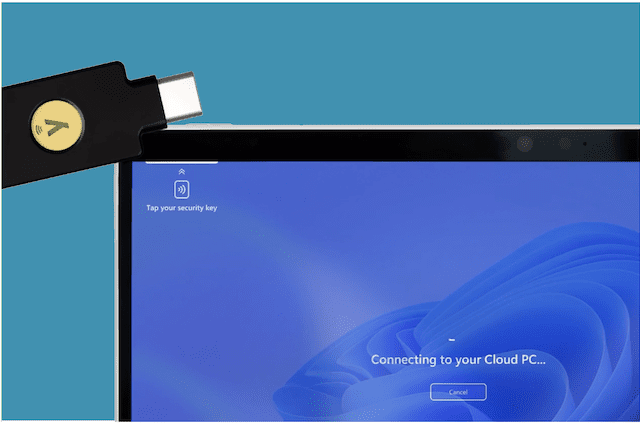In the light of recent developments with COVID-19, remote working within education is being ever-more apparent.
Schools around the world effected by the outbreak have sprung into action, quickly migrating their curriculum online and many more educational organisations will need to follow suit.
Since the outbreak of the virus in China, Microsoft Education partners have taken amazing action to ensure students can remain learning through this transition to remote education. As the UK is looking to take steps to contain this virus, many schools and universities are moving to remote working. The first UK University to do so being the London School of Economics who are due to move all teaching for undergraduate and postgraduate students online later this month, the first UK education facility to do so following the COVID-19 outbreak. (Telegraph)
So, in these unsettling times, how can you ensure that students don’t miss out on a crucial period of their education?
Microsoft for Education has a number of features that can bring the feel of a classroom into the home of a student.
Teams
As schools move to a remote learning environment, Teams can provide an online classroom that brings together virtual face-to-face connections, assignments, files, and conversations into a single platform accessible on a mobile device, tablet, PC, or browser.
Educators and staff have the ability to create their own class in Teams, add selected students, share lessons, create assignments, collaborate virtually in real-time, and do grading and provide personalized feedback all in one hub.
Here’s few tips on how to use Teams to its full advantage:
- Have interactive discussions with your class by sharing your screen to present your lesson and encourage students to ask questions using the chat feature.
- During a lesson, you can moderate the class discussion by muting students, making them presenters, or if needed, removing them from the meeting. Finally, record the lesson so students can review it on their own time.
- Record a class session in case some students can’t join during the live session.
- For assessments, you can easily create and grade quizzes in Teams using Microsoft Forms.
- Create a Fun Channel. Have a virtual science fair or poetry reading group. This will go a long way with students of all ages.
Make sure your teaching staff are prepared for remote teaching
XMA want to help support educators with practical guides, professional development, and how-to information that will help empower them and their students to stay motivated and engaged with learning, no matter where the classroom environment may be. Microsoft have created a series of webinars that can be accessed on-demand for educators to get started on Teams, and resources in our Microsoft Educator Center to help new and existing users get up and running.
Help students stay engaged
Here are some tips from educators who have helped create healthy and effective learning environments that allow students to thrive in this new virtual setting.
- Stay healthy and charged: Learning from home can be a new experience for students. Encourage them to take breaks between lessons to stretch, hydrate, or just unplug.
- Stay focused: Find a quiet place where they can focus on the lesson with minimal distractions.
- Stay connected: School is important from a social perspective. Not seeing their friends face-to-face every day can be hard for students. Help them adjust to this new reality by encouraging them to schedule a lunch session for classmates to stay connected. If they are out sick or can’t join class because of an appointment, remind them to change their status or set a status message so their classmates are also aware.
- Motivate your class: Use Teams to encourage joyful challenges throughout the week by creating a Fun Activities channel. For example, hold a cooking contest and have students share their creations in the channel. Recognize your students by sending them Praise in the channel, inspiring more students to participate.
- Bring lessons to life: Make a lesson interactive by enabling Whiteboard in Teams during a live lesson. Have students come up to the whiteboard and solve a math problem or demonstrate their art skills, just like they would in a physical classroom.
- Connect with students individually: It can be difficult to gauge how students are faring without seeing them in person, so connecting individually is very important. You can support students 1:1 in a chat, creating a safe space for students to ask their questions and get the extra help they need.
Credit: Helping teachers and students make the switch to remote learning | Jared Spataro, Corporate Vice President for Microsoft 365 | https://bit.ly/2TKs0Lf












 Monitoring by Hotjar
Monitoring by Hotjar